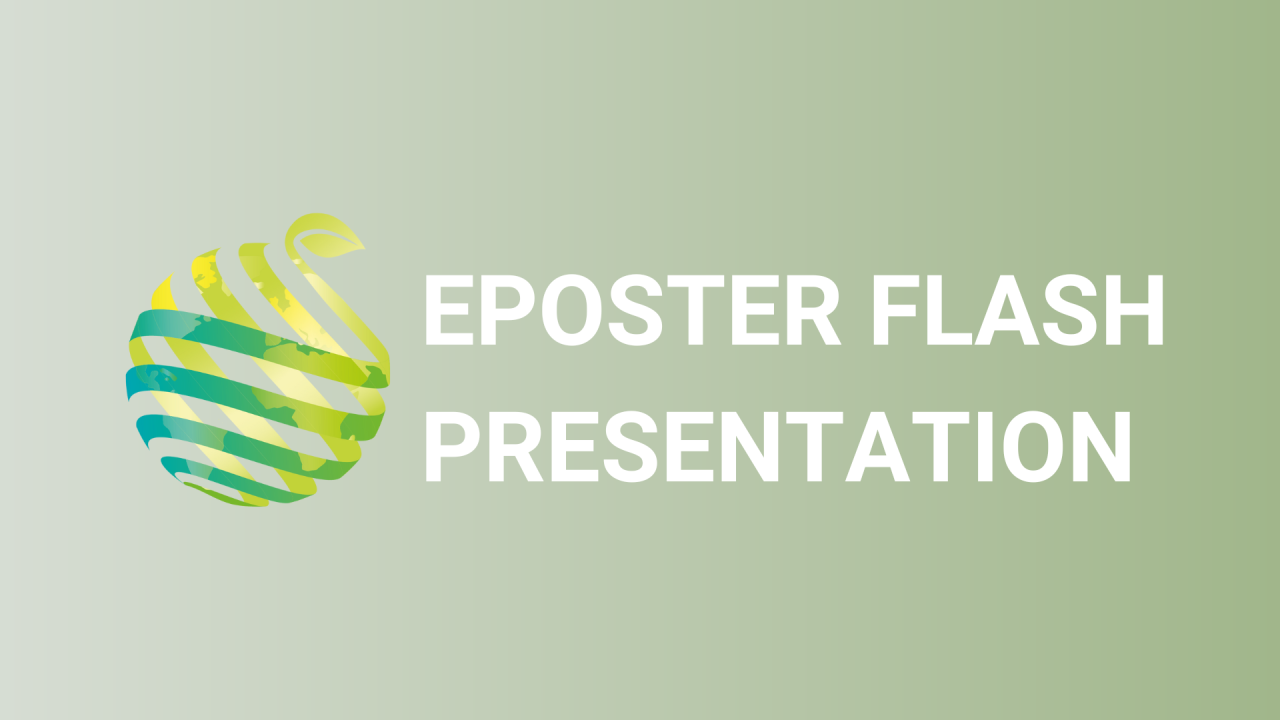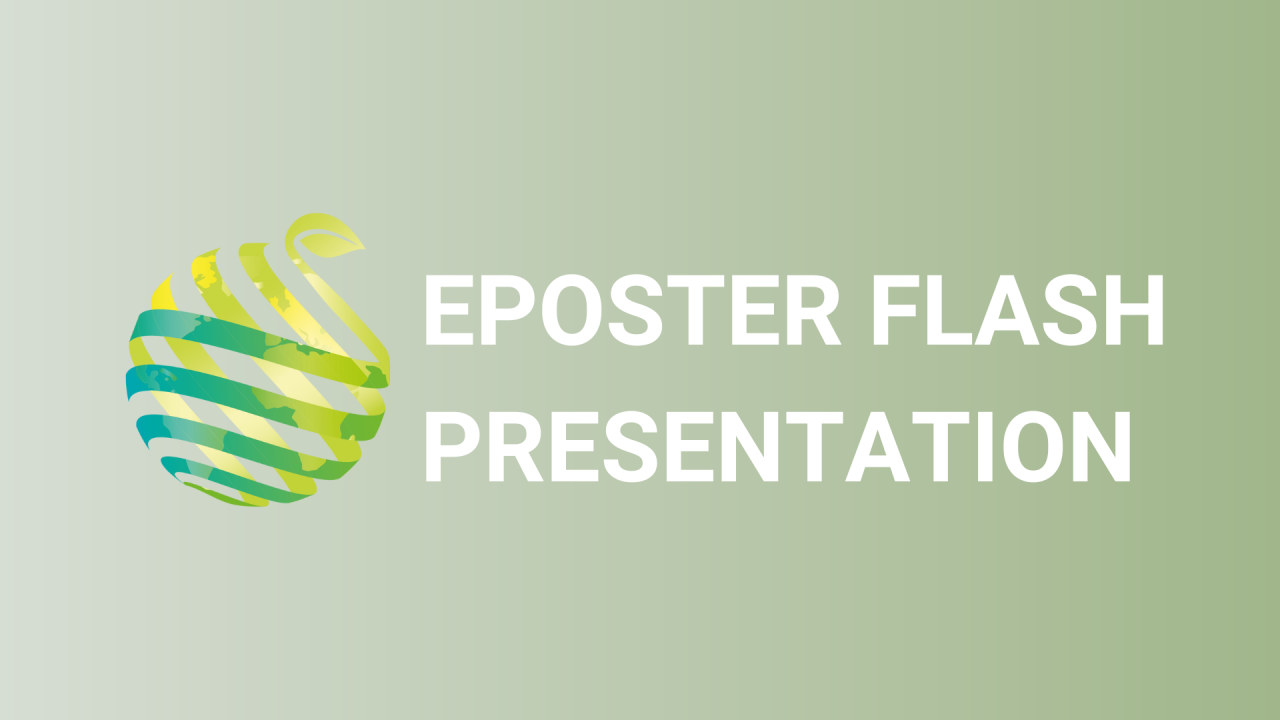

S11 - Session P4 - Cold tolerance of Latvian local sweet cherries selected for agroforestry system
Information
Authors: Daina Feldmane *, Dagnija Lazdina, Uldis Daugavietis, Dace Treigute, Mudrite Daugaviete
The climate in Latvia is influenced both by maritime and continental air intrusions. The cherries in continental regions used to be under the threat of prolonged low temperatures, but in the maritime regions - of temperature fluctuations. The interest has arisen to grow local sweet cherries in the agroforestry system and the collaboration project of the cherry growers and researchers has been started in 2020. After initial evaluation, eight accessions with large and healthy trunk, dominant apex, sparse branching and stable fruit production were selected. The research was aimed to evaluate the cold tolerance of the selected accessions comparing to the cultivars 'Bryanskaya Rozovaya' (Russia) and 'Meelika' (Estonia). The annual and biannual shoots, spurs and flower buds were tested in the natural conditions and after artificial freezing at -20, -25 and -30 °C in the middle of winter dormancy and at -10, -15 and -20 °C at the end of winter dormancy. They were evaluated visually in the scale from 0 (no visible changes of cross-section) to 5 (cross-section is completely brown); the percentage of damaged flower buds was calculated. Additionally, the analysis of relative electrolyte leakage (REL) was done for annual shoots. The accessions differed in their response to low temperatures and the results indicated various possible patterns or the acclimation and re-acclimation. In the middle of winter dormancy, the accession from continental region 'Smiltenes 9' stand out with high cold tolerance of the shoots and spurs (up to -30 °C), and flower buds (up to -25 °C). At the end of winter dormancy, the accessions 'Muižas 2' (maritime region), 'Smiltenes 9', 'Karzdabas 4' (continental region) and cv. 'Meelika' showed high cold tolerance of the spurs (at least, up to -20 °C) with significant differences from 'Karzdabas 2', 'Brjanskaja Rozovaja', 'Muižas 4' and 'Agrais Hedelfingens'.